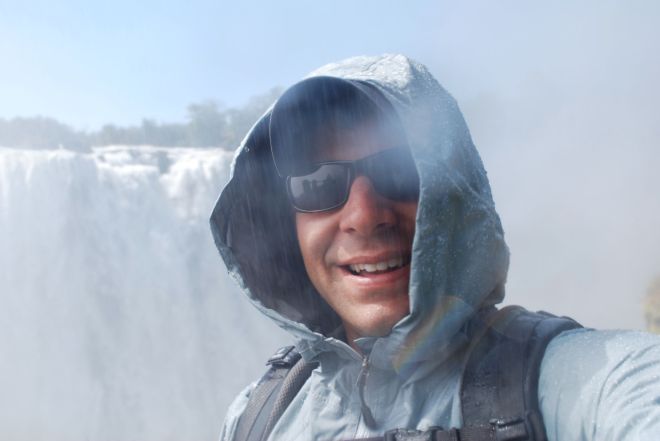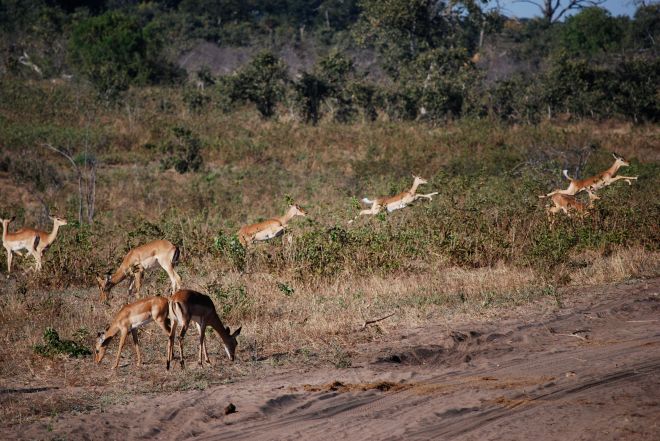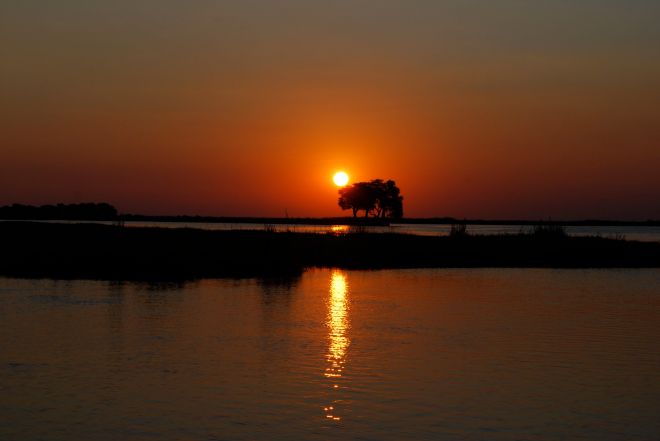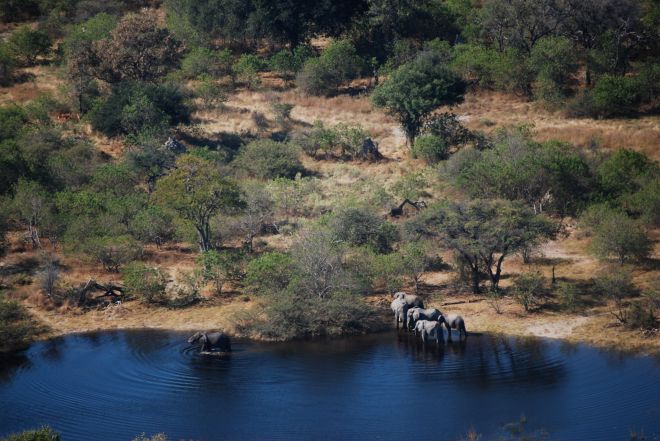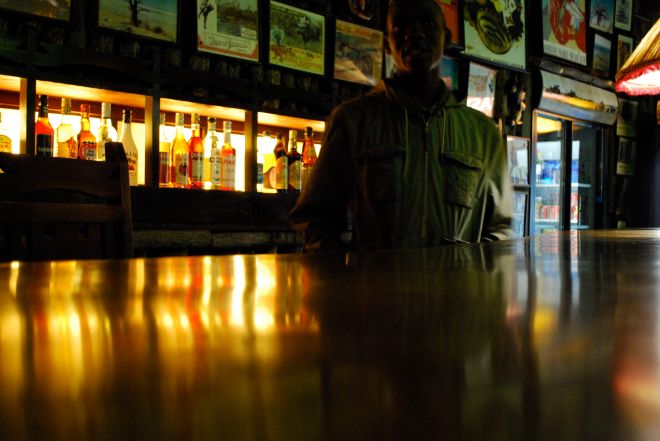Vilanculos, Mozambique
My final day on the African continent certainly wasn’t my most exciting although it might very well have been the most relaxing.
After breakfast, I grabbed my iPod and book and lounged at the pool for a couple of hours. There wasn’t anyone else there; occasionally, the big bearded owner of Pescador would yell over to me in a heavily accented voice: “Are you good?” Thumbs up.

Down the sand road was another small hotel, Casa Rex, that I’d debated staying at. If given the choice again, I’d probably have picked it; the views were even better from the pool and the crab salad for lunch was solid.


Back at the guesthouse, it was time for me to pack for the final time. Reflecting on the trip, it’s safe to say that this month in Africa has far exceeded my expectations — it’s also been full of surprises. What we hear about this continent from the western media doesn’t tell the whole story. It isn’t just disease, war and starvation. Africa is a remarkable place with remarkable people. And I’m already looking forward to my return.
My 32-hour, 10,000 mile journey back to Carolina, via Johannesburg, Dakar and New York, departs tomorrow at 2 p.m.





































